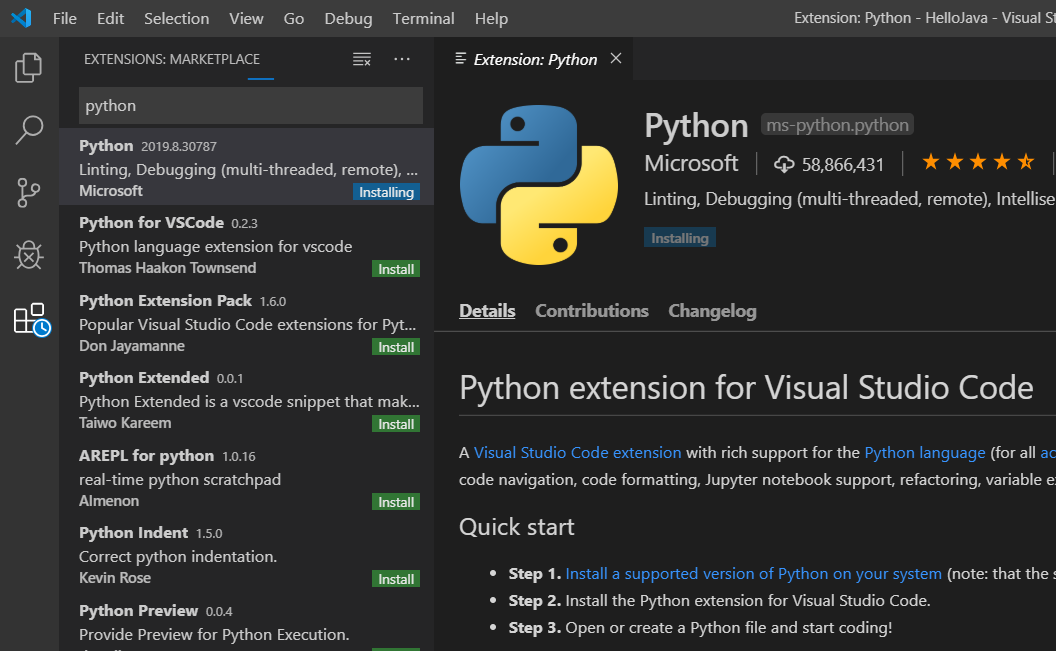

When you create a virtual Python environment as a work folder, Codium (because you have the Python extension installed) detects it. It's a fast way to stay organized, and it saves you from having to click around File Save and Open dialogues constantly. You can create a project directory and add it to Codium so that while you work, the files you create and save default to the active project directory. Setup a virtual environment for VS Code or Codium

All that's left to do is to put it to good use. On some systems, you may also need to install the software to create Python virtual environments: $ sudo apt install python3.10-venv On Fedora, CentOS, Mageia, OpenMandriva, and similar: $ sudo dnf update python3 On Debian and Debian-based systems: $ sudo apt install python3-pip You can do this with your package manager. Install or update Python on Linuxįirst, make sure you are running the latest version of Python. Here's how I got Codium set up for Python on my Linux system.

If you're looking for a good, general-purpose, open source code editor with Python integration, then you might give Codium a try. During that learning journey, I also got introduced to Codium, which is essentially VS Code without Microsoft's branding and telemetry. I learned a lot in that class about how to set up a virtual environment for Python, and how to configure VS Code for Python programming. I participated in a Python learning class, and during that class I got introduced to Microsoft's Visual Studio Code. Our aptitude with Python has grown with experience, and so recently I started looking for ways to offer these students more. We've used Code with Mu and it's been quite successful. It's been a lot of fun, and the Pi has been a great platform for the students and me. Over the past couple of years, I have had the privilege of working with middle school children to introduce them to Python coding and the Raspberry Pi 400.


 0 kommentar(er)
0 kommentar(er)
